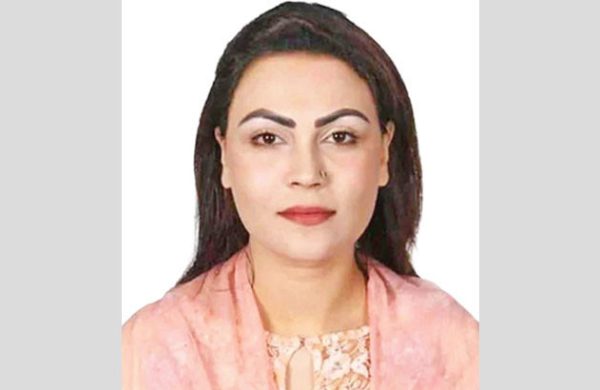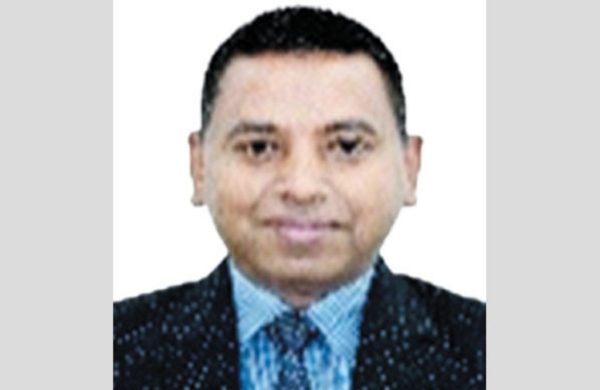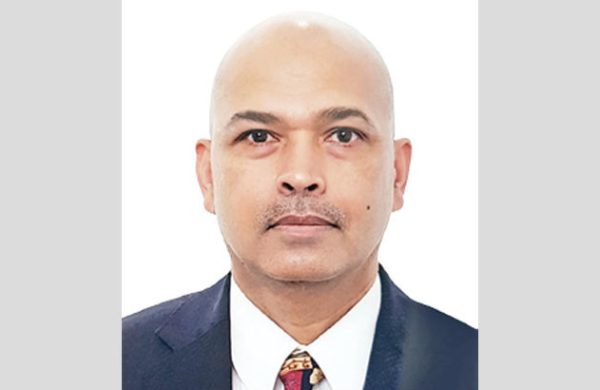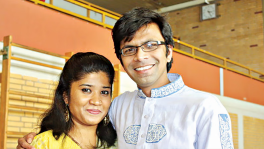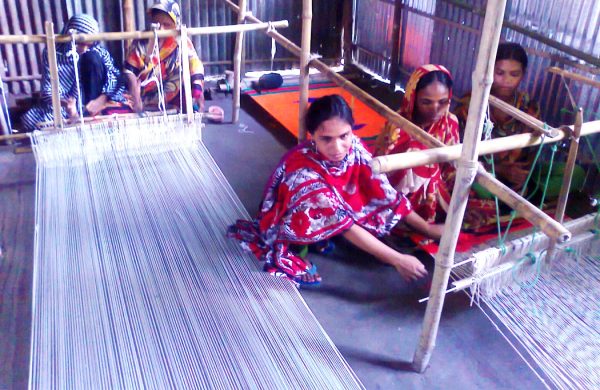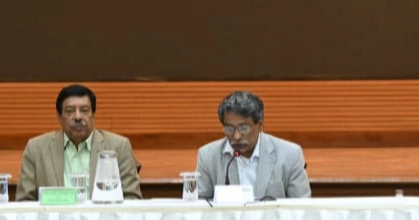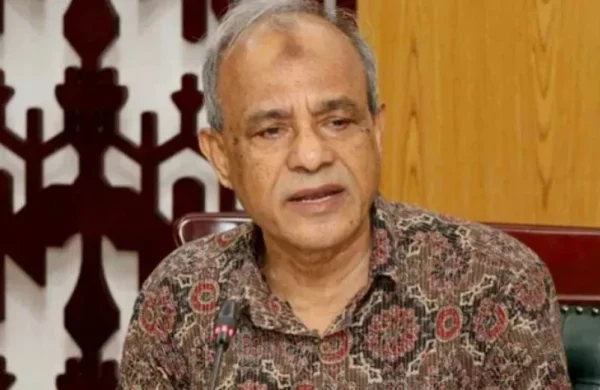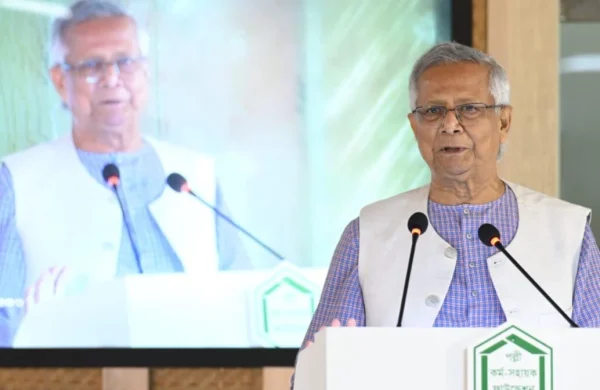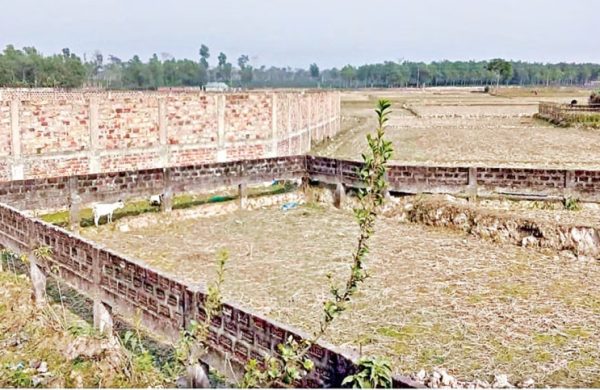An urgent call to address online sexual exploitation of children in Bangladesh
- Update Time : Saturday, May 10, 2025

—Musharraf Tansen—
In today’s hyper-connected digital age, the internet offers immense potential for learning, creativity, and connection. However, it has also become a disturbing enabler of one of the gravest and most hidden forms of child abuse: online sexual exploitation. In Bangladesh, the problem of Online Sexual Exploitation of Children (OSEC) is rapidly escalating, placing thousands of children at risk-particularly those from marginalized and vulnerable backgrounds. As our society grapples with rapid digital expansion, the safety of our children in virtual spaces demands immediate national attention, bold systemic reform, and survivor-centered justice.
Online sexual exploitation of children encompasses a range of abusive acts, including the production, distribution, and consumption of child sexual abuse materials (CSAM), online grooming, live-streaming of abuse, sextortion, and coercion for sexually explicit content. In Bangladesh, these crimes are often underreported, poorly understood, and insufficiently addressed. The country’s growing internet penetration-now exceeding 130 million active connections-combined with weak online safety systems, digital illiteracy, poverty, and cultural taboos, creates an environment ripe for exploitation.
Recent studies and anecdotal reports suggest an alarming surge in child sexual abuse content involving Bangladeshi children, often circulated via encrypted messaging apps or dark web forums. Technology-facilitated abuse is often transnational: perpetrators may reside outside the country, making law enforcement efforts complex and requiring international cooperation. Yet, many cases originate within communities, often involving trusted individuals, family members, or peers. The rise of smartphones, social media, and unsupervised online access has led to increased risks of grooming and extortion, particularly for adolescents seeking connection or validation.
What makes OSEC particularly insidious is that it often remains invisible. Unlike physical abuse, its traces are digital-easy to conceal, yet impossible to erase once shared online. The psychological impact on children is profound and long-lasting. Victims experience shame, fear, anxiety, depression, and often social isolation. Many do not report the abuse due to stigma, fear of retribution, or mistrust in authorities. Survivors of online exploitation often live in fear of their images resurfacing, long after the abuse has ended. Their trauma is compounded by the knowledge that their suffering could be continually viewed and shared.
In Bangladesh, the justice system has yet to catch up with the scale and complexity of OSEC. While the Prevention of Cruelty Against Women and Children Act (2000), the Pornography Control Act (2012), and the ICT Act provide some legal coverage, none are tailored specifically for online child sexual abuse. The lack of a comprehensive legal definition for OSEC, inadequate digital forensic capacity, and limited training among law enforcement result in few investigations, fewer prosecutions, and almost no convictions. Victim support services remain underdeveloped. Shelters are few and underfunded, mental health support is rare, and child-friendly legal procedures are lacking. As a result, survivors are often retraumatized by the very systems meant to protect them.
Families and communities are also ill-equipped to recognize or respond to OSEC. Discussions around sexuality, consent, and online safety are still taboo in many households. Parents and teachers often lack the digital literacy necessary to guide children in safe online behavior. School curriculums have yet to meaningfully incorporate digital citizenship or child protection education. Many children, particularly girls, who experience online exploitation are blamed rather than supported-leading to silence, withdrawal, or even suicide in extreme cases. This culture of shame must be dismantled to build a protective environment where children can speak up and be heard.
To address OSEC effectively, Bangladesh must adopt a multi-sectoral and survivor-centered approach. The first step is to strengthen legal frameworks by introducing comprehensive legislation that defines and criminalizes all forms of online child sexual exploitation. Such a law must align with international instruments like the Optional Protocol to the Convention on the Rights of the Child on the Sale of Children, Child Prostitution, and Child Pornography, and integrate gender and child rights principles. Clear definitions, strict penalties for perpetrators, and legal protections for survivors must be at the core of this reform.
Law enforcement and judicial systems must be equipped to respond effectively. Specialized cybercrime units with trained digital forensic experts, child protection officers, and female investigators must be established in every district. Police must receive trauma-informed training and understand the sensitivities of handling child victims. Fast-track courts should be created to expedite OSEC cases, and prosecutors and judges must be sensitized to prevent secondary victimization of survivors.
Equally critical is the establishment of a national online reporting mechanism that allows children, parents, and teachers to report abuse confidentially. This must be linked to rapid response teams, helplines, and support services. Tech companies and Internet Service Providers (ISPs) must also be held accountable. They must invest in robust content moderation systems, comply with child safety standards, and promptly report any CSAM found on their platforms. Public-private partnerships can play a key role in monitoring digital spaces and developing safety tools tailored to children’s needs.
Survivor support services must be at the heart of the national response. Every district should have child-friendly shelters that provide holistic care-including medical treatment, psychosocial counseling, legal aid, and educational reintegration. Survivors must be treated as rights-holders with agency, not as passive victims. Peer support groups, survivor networks, and leadership programs can empower survivors to heal and lead change. Mental health services must be accessible and culturally sensitive, with trained counselors available in schools, shelters, and hospitals.
Prevention is essential. Digital literacy and online safety education must be embedded into the national curriculum from primary level onwards. Children must be taught about consent, safe online behavior, and how to seek help. Parents and teachers must be trained to guide and protect children in digital spaces. Community outreach, using creative platforms like theatre, storytelling, and radio, can challenge taboos and raise awareness, especially in rural and low-income areas. Religious leaders, community elders, and local influencers must be engaged to break the culture of silence.
Technology can also be harnessed for good. Mobile apps can provide information, reporting mechanisms, and access to services. AI tools can detect and block CSAM. Online case tracking can empower survivors and enhance transparency. However, these tools must be designed with the realities of Bangladeshi children in mind-available in local languages, accessible via basic phones, and supported by offline outreach for those without connectivity.
International cooperation is critical. OSEC is often transnational and requires cross-border collaboration. Bangladesh must strengthen cooperation with INTERPOL, UNICEF, and international NGOs to trace offenders, share intelligence, and repatriate trafficked children. Ratifying international treaties, participating in global task forces, and investing in capacity building for cybercrime units will strengthen the national response.
Ultimately, the battle against OSEC is about the kind of society we want to be. Are we willing to look beyond the surface and confront the harsh realities of abuse hidden behind screens? Are we ready to prioritize children’s safety over digital profits, taboos, or political expediency? Protecting children online is not optional-it is a moral, legal, and social imperative.
The government, civil society, tech industry, educators, media, and families must come together to create a comprehensive national strategy to combat OSEC. Survivors must be placed at the center-not only as recipients of services but as agents of change. Their voices, stories, and leadership are essential in shaping a safer digital future for all children.
The clock is ticking. Every day of delay puts more children at risk. Bangladesh has the chance to lead by example in South Asia and demonstrate that children’s rights are not just slogans-they are actionable commitments. The time to act is now.
————————————————————————————–
The writer is a PhD Researcher and former Country Representative of Malala Fund


